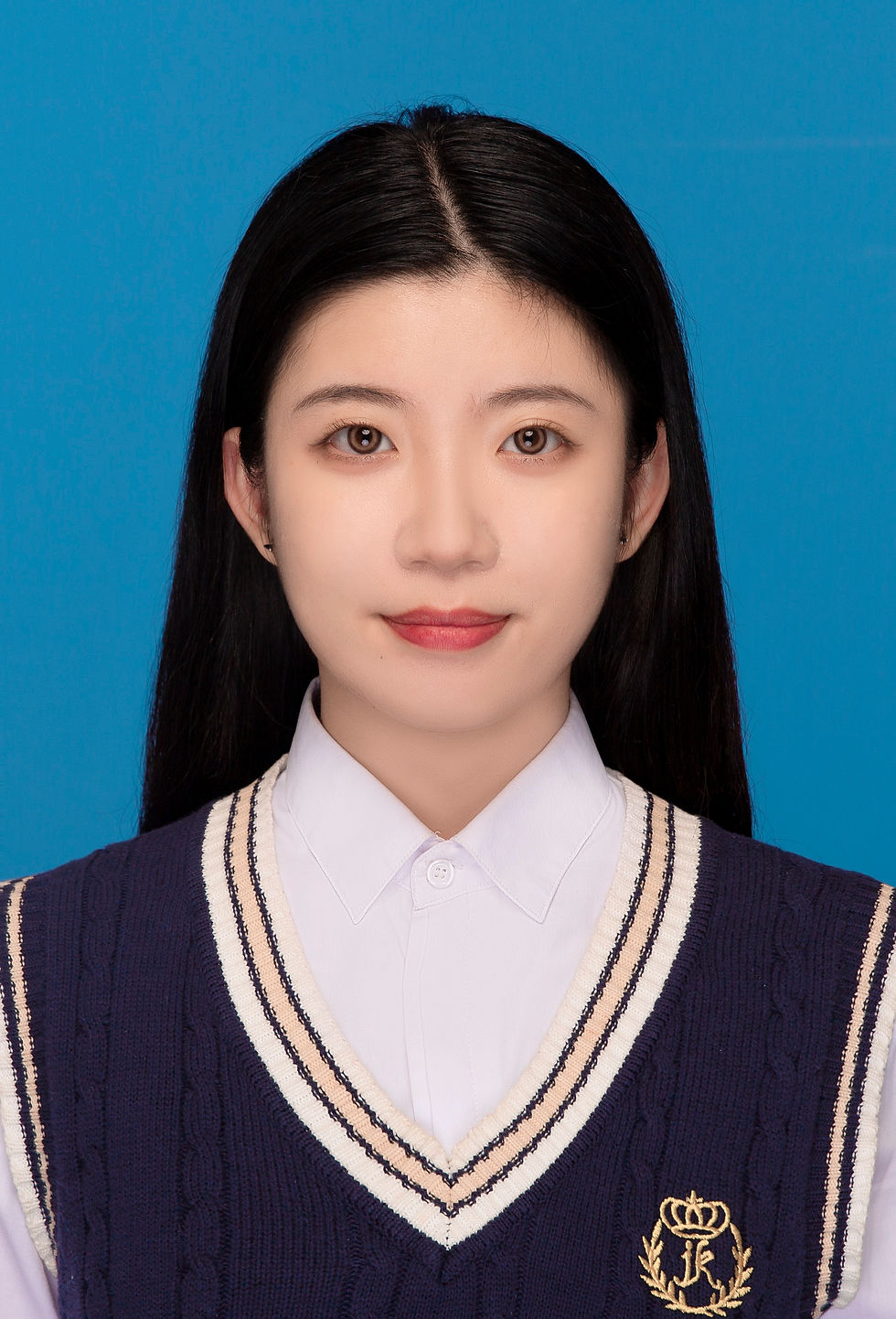Kayoko Komatsu
- Česká sekce INSEA

- Jul 1
- 3 min read
7.12 Eisner’s Enlightened Eye as a Turning Point to ABR: Focusing on the notions of Connoisseurship and Criticism (Paper)

Kayoko Komatsu – Nagaoka Institute of Design, Japan
Satoshi Ikeda – Hiroshima University, Japan
Abstract:
Elliot Eisner published The Enlightened Eye in 1991, which promoted qualitative inquiry based on “educational connoisseurship and criticism.” Connoisseurship and criticism are typically applied to works of art. Eisner introduced these skills into art education programs and educational evaluation. Developing this approach as a qualitative inquiry leads to the idea of Arts-Based Educational Research. We, the presenters Komatsu and Ikeda, have translated this book into Japanese. While working on the translation, we noticed that the origin of Arts-Based Research is the qualitative inquiry using educational connoisseurship and criticism discussed in this book. However, Arts Based Research written by Barone and Eisner in 2008, which is the foundational work of ABR referred to by many researchers, does not pay attention to the notions of connoisseurship and criticism.
In the article “Arts-Based Educational Research” in the Handbook of Complementary Methods in Education Research in 2006, Barone and Eisner prioritize “Narrative Construction and Storytelling” as a kind of Arts-Based Educational Research over “Educational Connoisseurship and Educational Criticism,” whereas in the article of the same title contained in Complementary Methods for Research in Education published in 1997, “Narrative Storytelling” follows “Educational Criticism.” Why did this shift in emphasis occur?
We look at The Enlightened Eye, from the perspective of educational policy and research trends in education at that time, as well as the development of Eisner’s research. By examining the position of this book, we will clarify the meaning of “Arts-Based” and its transition from “Connoisseurship and Criticism” to “Narrative and Storytelling.” The reason for this transition is Eisner’s intention to link research with creative practice. Because of this shift, we should go back to The Enlightened Eye to understand the turning point that led to ABR.
7.14 The Philosophy of Care and Art Education (Paper)
Kayoko Komatsu – Nagaoka Institute of Design, Japan
Abstract:
In recent years, the art world has directed its attention towards the concepts and practices associated with care. The background is the economic disparity that has been exacerbated by the tenet of new liberalism and a questioning of anthropocentrism. The realization that a society based solely on liberal individual choice is untenable has led to a focus on care. The concept of art and care share a common aspect in that both emphasize the individual and subjective perspective, and they are beyond the scope of logic and rationality. Consequently, the metaphor of care as artmaking is frequently employed in the discussion on ‘the ethics of care.’ (See for instance, Noddings, Caring, 1984, Mayeroff, On Caring, 1971) However, this metaphor has the potential to obscure the inherent power relations associated with care. To avoid this potential pitfall, we should scrutinize the concept of care philosophically.
This presentation offers a theoretical clarification of the concept of care and an investigation of the fundamental relationship between art and care. The term ‘care’ is associated with the Heideggerian notion of Sorge, (Cassin, ed., Dictionary of Untranslatables, 2004) as well as with the concept of vulnerability within the context of the ‘ethics of care.’ (Mackenzie et al. eds., Vulnerability, 2014). By examining the ontological meaning of care for human beings and caring relationships we can consider the connection between care and art in a different way from that proposed in previous studies. This theoretical inquiry enables us to envision a novel approach to art education, which facilitates a connection between a person with both other people and the wider world.



Comments